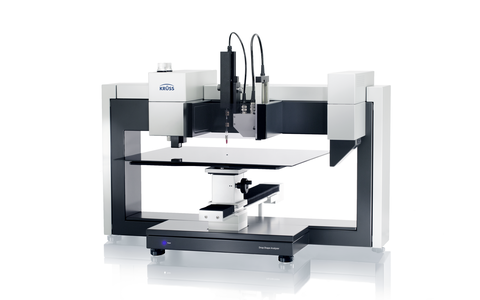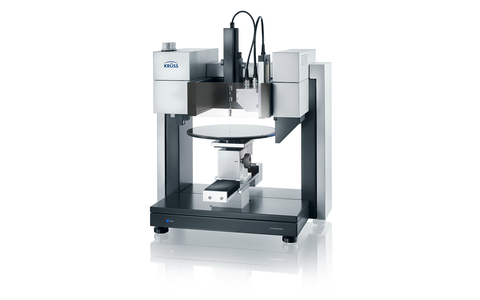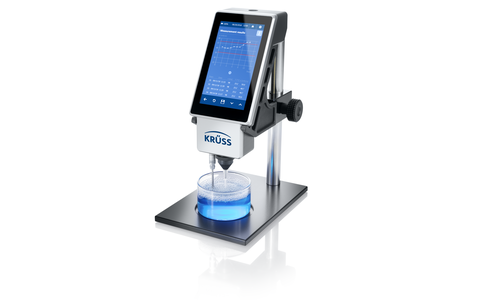
Metal plating
Interfacial measurement techniques for characterizing wetting agents and checking for their concentration
In metal plating, an effective and uniform surface contact between plating bath and the material to be plated plays an important role when it comes to quality. Our instruments monitor the surface tension as well as the wetting agent content of the plating bath. They also provide key analysis when foam formation in the bath becomes an issue.
Evaluating the wetting agent’s effectiveness and efficiency
The plating bath with the metal ions contains surfactant used as wetting agents. These substances assure that the surface tension of the plating solution is low enough to uniformly spread over the surface and to fill narrow gaps. In addition, pits in the covered metal due to hydrogen bubbles that are formed at the cathode can be avoided with proper use of a surfactant.
The surface tension, the main indicator for wetting properties of a liquid, is accurately measured with our tensiometers. Measuring the critical micelle concentration (CMC) with the same technique provides information about the efficiency of the surfactant.
Measuring the wetting agent content via dynamic surface tension
To ensure effective but economic surfactant addition, it is ideal to check the content of the wetting agent by measuring the concentration dependent surface tension. However, in the concentration range above the CMC, which is common in plating baths, the static surface tension does not further change with increasing concentration. Fortunately, the dynamic surface tension measured with our bubble pressure instruments is concentration dependent and therefore a good indicator for the loss of surfactant with time. While our lab instrument assists to create a reference curve, instant content tests directly in the bath are carried out with our mobile instrument technique.
Analyzing foam formation tendencies and foam stability
While reducing the surface tension is a desired effect of surfactant addition, the risk of foam formation is not. Our foam analysis technique offers highly reproducible methods for evaluating the foamability of a solution and the stability of foam produced. It is also an effective tool for characterizing antifoam agents added.


















